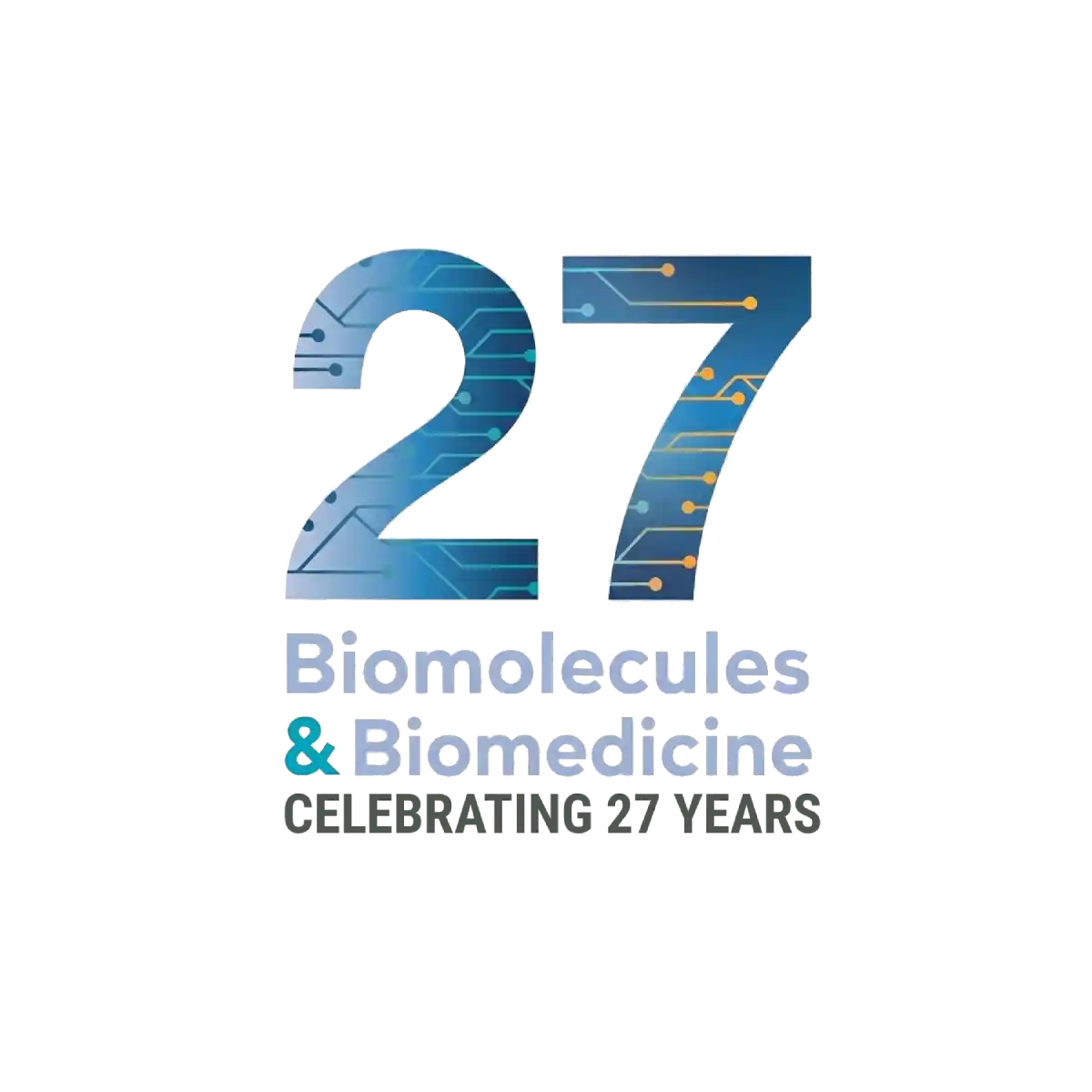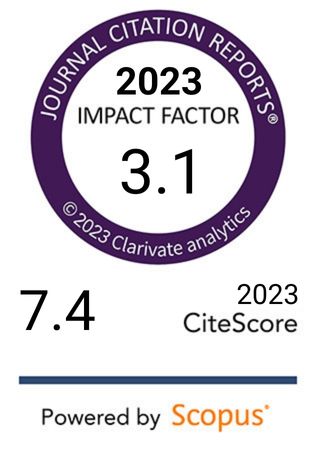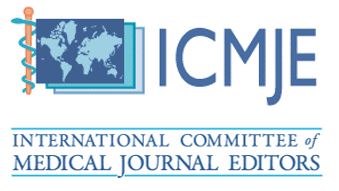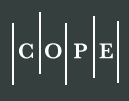PJ34 prevents cisplatin-induced hair cell loss via inhibition of PARP-1–AIF parthanatos
DOI:
https://doi.org/10.17305/bb.2025.12533Keywords:
Hair cells, Hearing loss, Cisplatin, PARP inhibitor, AIF, ParthanatosAbstract
The poly (ADP-ribose) polymerase-1 (PARP-1) inhibitor PJ34 acts as an anti-inflammatory and neuroprotective agent by modulating parthanatos. This study aimed to explore the protective effects of PJ34 against cisplatin-induced injury in auditory cells and to elucidate its underlying mechanism of action. Flow cytometry and immunofluorescence were employed to detect apoptosis in HEI-OC1 and ovarian cancer cell lines. Additionally, immunofluorescence and Western blotting were used to assess changes in the expression of related proteins, including cleaved Caspase-3, PARP-1, and cytosolic apoptosis-inducing factor (AIF), across the groups. Mitochondrial membrane potential (MMP) levels were measured using the MMP assays, and reactive oxygen species (ROS) levels were assessed by MitoSox red staining. Our results indicate that treatment with 30 μM cisplatin activates cleaved Caspase-3, promotes PARP-1 overexpression, and facilitates AIF nuclear translocation, leading to decreased MMP and increased ROS accumulation, which ultimately triggers auditory cell death. Treatment with 2.5 μM PJ34 mitigated PARP-1 overexpression and AIF nuclear translocation following cisplatin exposure, reduced the decline in MMP, and decreased ROS accumulation, thereby alleviating damage to auditory cells. Conversely, PJ34 enhanced the damaging effects of cisplatin on ovarian cancer cell lines. In conclusion, our findings suggest that PJ34 may reduce cisplatin-induced hair cell death by regulating PARP-1-mediated parthanatos. Notably, PJ34 shows promise as a potential novel therapeutic agent for the prevention and/or treatment of cisplatin-induced ototoxicity.
Citations
Downloads
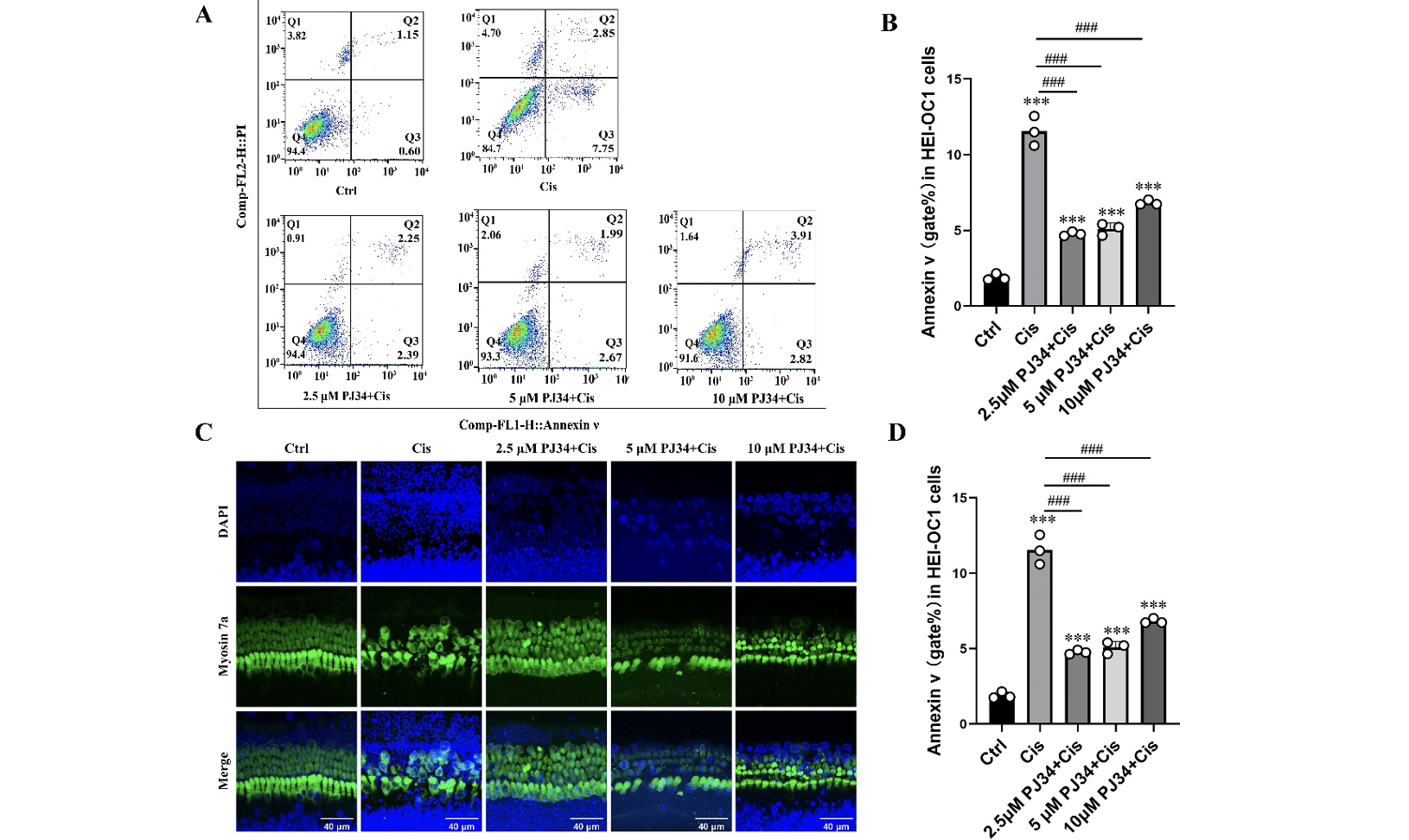
Downloads
Published
Issue
Section
Categories
License
Copyright (c) 2025 Huiming Nong, Xiru Zhang, Yingxue Yuan, Junhong Zhang, Jingyi Zhao, Zhixin Cao

This work is licensed under a Creative Commons Attribution 4.0 International License.
